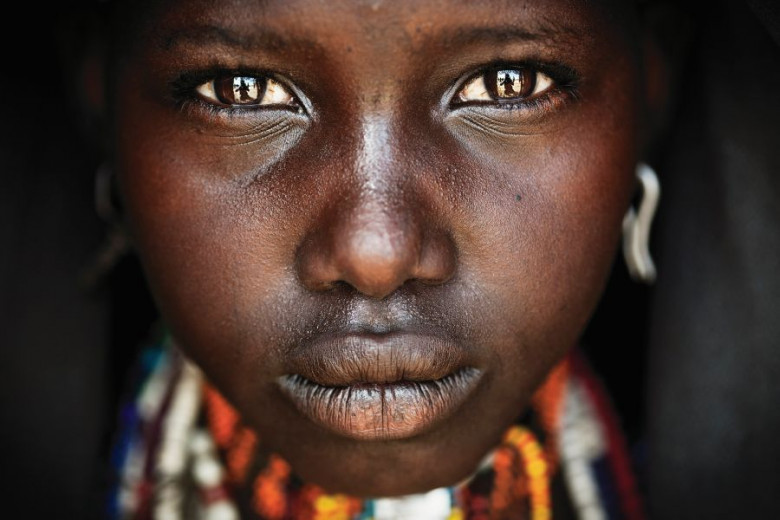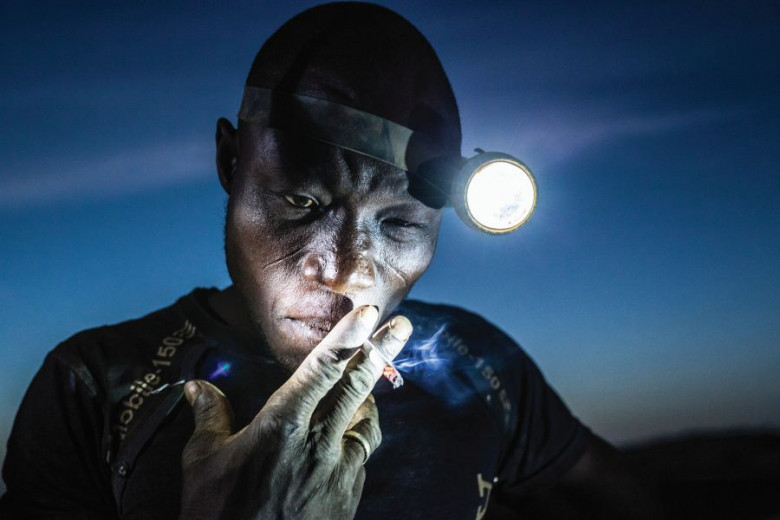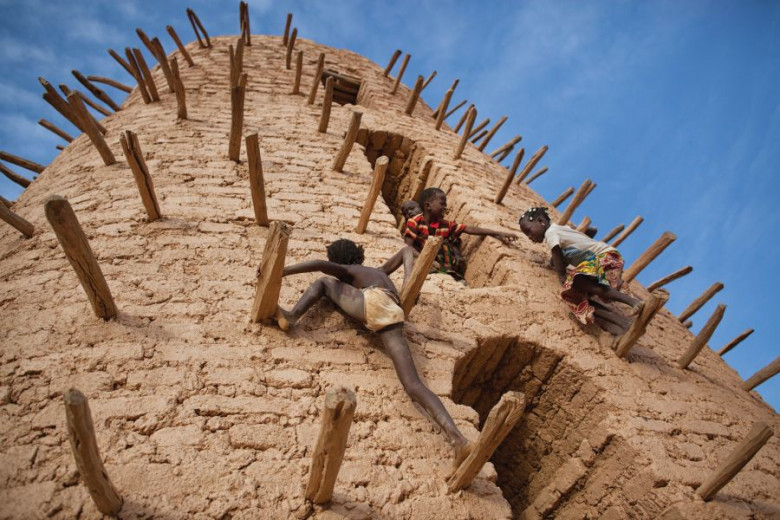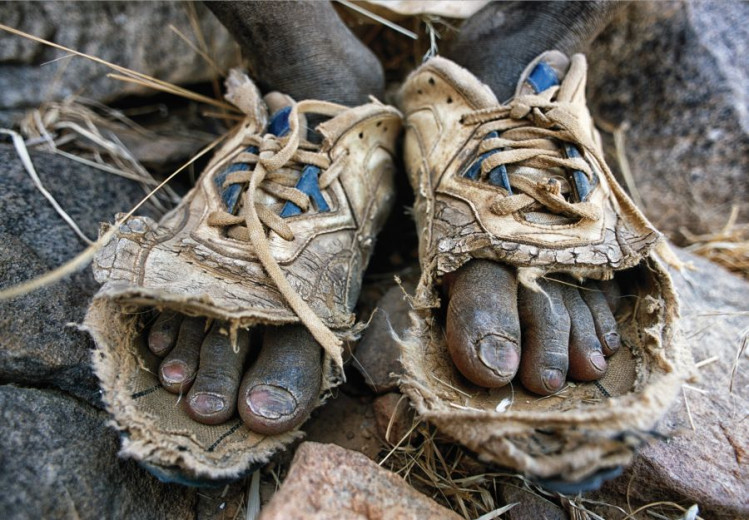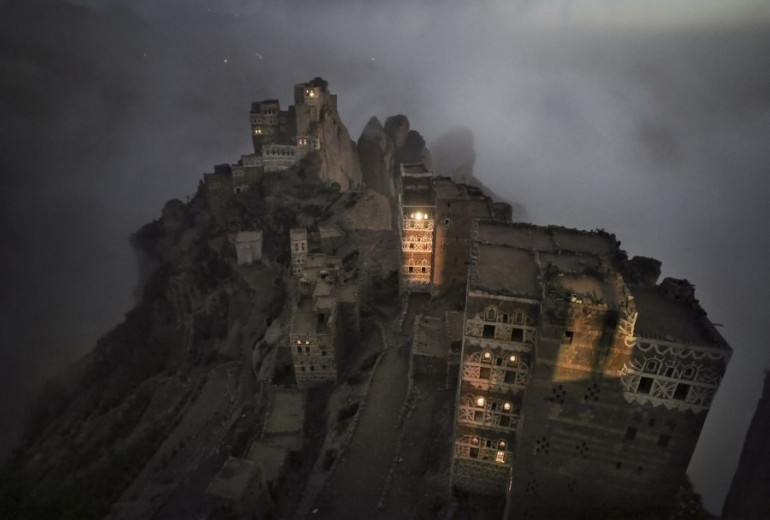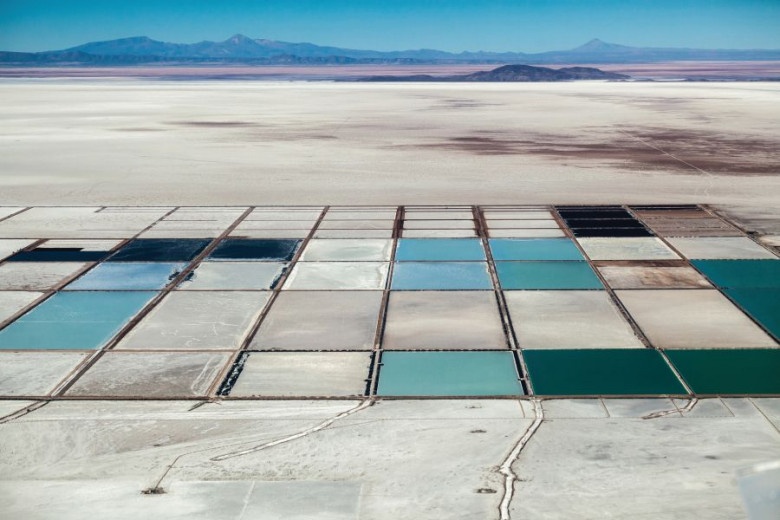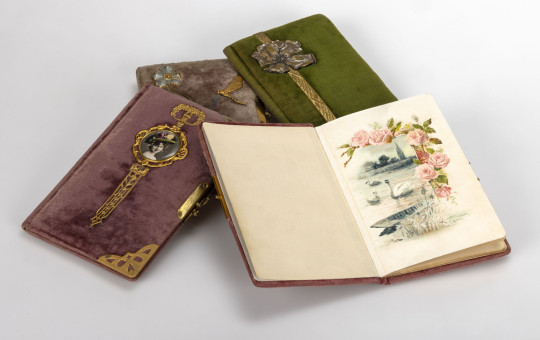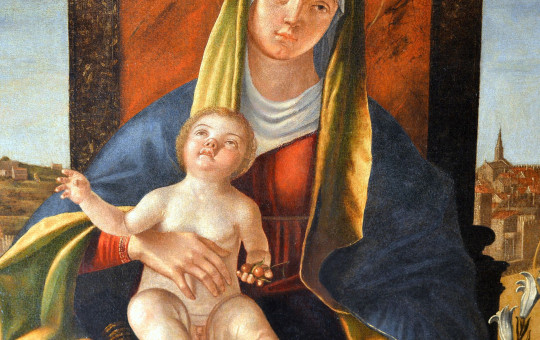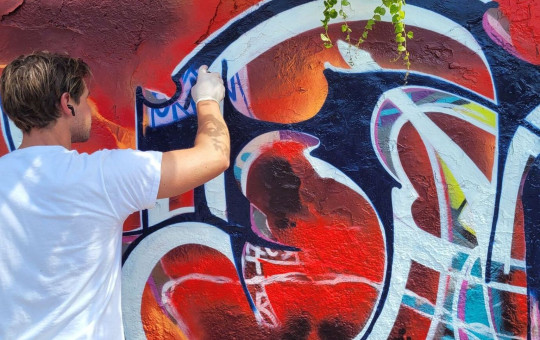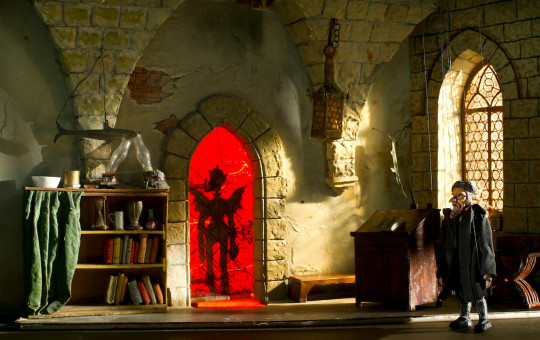Date: 9. October 2019
Time to read: 6 min
Matjaž Krivic receives the prestigious LensCulture Visual Storytelling Award 2019, Travel Photographer of the Year 2018 and Malta International Photography Award 2018.
The Travel Photographer of the Year (TPOTY) competition has been held since 2003, and in last year’s competition more than 20,000 photos were submitted by photographers from 142 countries. With images mainly portraying everyday life in Africa, the Middle East and the Far East, the Slovenian photographer Matjaž Krivic won in the Travel Portfolio category. The British newspaper "The Guardian" published on its website three of the photographer’s shots: a pilgrim in front of the Golden Temple, Indian boys training in a traditional discipline, and mist over the Yemeni village of Shugruf in the Haraz mountains. The prize-winning photographs will also be on display in the UK, USA and Dubai. TPOTY is not Krivic’s only major prize in recent months. For his story Lithium Road, which he produced with his friend and journalist Boštjan Videmšek, he won first prize in the Malta International Photography Award and second prize in the Istanbul Photo Awards, and in February this year it won him first prize in the Documentary Storytelling Award category in the highly respected LensCulture competition.
Matjaž Krivic is a documentary photographer who has been capturing stories of people and places for decades. He is particularly well known for photographs of poverty-stricken yet culturally rich parts of the world and the people who live there.
He is the recipient of numerous prestigious prizes at home and abroad, and in addition to those mentioned earlier we should note his Photographer of the Year prize from Britain’s Royal Geographical Society for 2002 and 2003, while in 2016 he won a prize in one of the categories for the renowned World Press Photo competition, and in 2010 at the TPOTY he also won first prize in the category Amazing Places. First and foremost, Krivic says himself that such competitions are his passion, while at the same time they create an opportunity for the editors of major international publications to notice his work.
Extraordinary talent and abundant enthusiasm
His photos of moments in the lives of people from other continents are in fact so expressive that they do not require any additional commentary. His photographs bear all the characteristics of good photography and when one observes his intense, message-laden images of ordinary, yet extraordinary, individuals, it is hard to believe that Krivic has never formally studied photography. Instead, he has been immersed in exploring the world since he was very young. In order to travel as much as possible, he worked as a tour guide when he was a student. He spent all his earned money for travel and photo equipment, although at that time photography was still just a hobby. He reached a turning point in 1998, when he went on a one-year journey overland to India. He took a hundred rolls of film and brought back a lot of material, which resulted in a very successful exhibition and multimedia project after his return. It was then that he ultimately decided to pursue photography as a profession.
Although photography has long since grown from his hobby to his profession, Krivic says that it has never stopped being his greatest passion and an inexhaustible source of enjoyment.
He has visited countless places and got to know many cultures. He always seeks out what is unknown and not yet told. His most far-reaching and unique work is his stories, which have left an indelible mark on him. One such story is a series of panoramic photographs of "Earth temples", which took him from Morocco via Tibet and all the way to Chile. In these places he created soul-stirring photo stories which he later compiled into an international art project, "Urbanistan".
The importance of trust
Such unique photographs of people can only be created on the basis of trust. Krivic says that mutual respect is very important, therefore he offers sincere respect to everyone he encounters. He often stays in touch with the people he photographs, revisiting the same locations and bringing people prints of photos with their images. He likes working in difficult conditions because they challenge him. In Burkina Faso he took an iconic photograph of a miner lighting a cigarette, an image that won him second prize in the People category in the famous World Press Photo competition. The photograph is a moment captured from the days he spent with miners in awful conditions, and he titled it "Digging the Future". An outstanding photograph involves a lot of knowledge, a lot of waiting for the right moment, and also a bit of luck. Krivic himself believes that a good portrait photograph is one that tells a story. Even when you turn your eyes away from the photo, you still hear the story of that individual.
Returning to people
Krivic remains friends with many of his "models". Apart from the fact that he often brings or sends them prints of photos, he also helps them in other ways. He says that many people in underdeveloped countries simply cannot grasp the concept of a "prize-winning photo" or a "photo competition", and have trouble imagining that some photos can also earn a cash prize.
He frequently uses money from the sale of his photographs (or, for instance, postcards) to help the people he meets in his work and who live in what for us are unimaginable circumstances.
As an example, he describes a school for orphans in the town of Dege in eastern Tibet, for which a few years ago he gathered more than €3,000 at the "Earth Temples" exhibition.
Lithium - the driving force of the 21st century
The original concept on which this remarkable photo story is based was documenting how various raw materials are obtained for smartphones, including gold, cobalt and coltan. On completing a story on African gold diggers, Krivic wanted to continue in the same direction. In 2016 he was considering a trip to Bolivia, when during a photo festival in the French town of Arles he was called by the representative of a German agency offering him work. He was able to choose two countries from the list of places from which they needed photographs – and one of them was Bolivia. The very next week he travelled to Colombia and then on to Bolivia, completed the assigned work, and then in ten days he took the first shots for his story on lithium. Back home he showed them to his friend, the journalist Boštjan Videmšek, and a few months later the two returned together to Bolivia. Then followed the first publications, the first prizes to one and then another, and they built up the story in China, where they were sent by "Le Figaro", and then in the USA and Norway.

